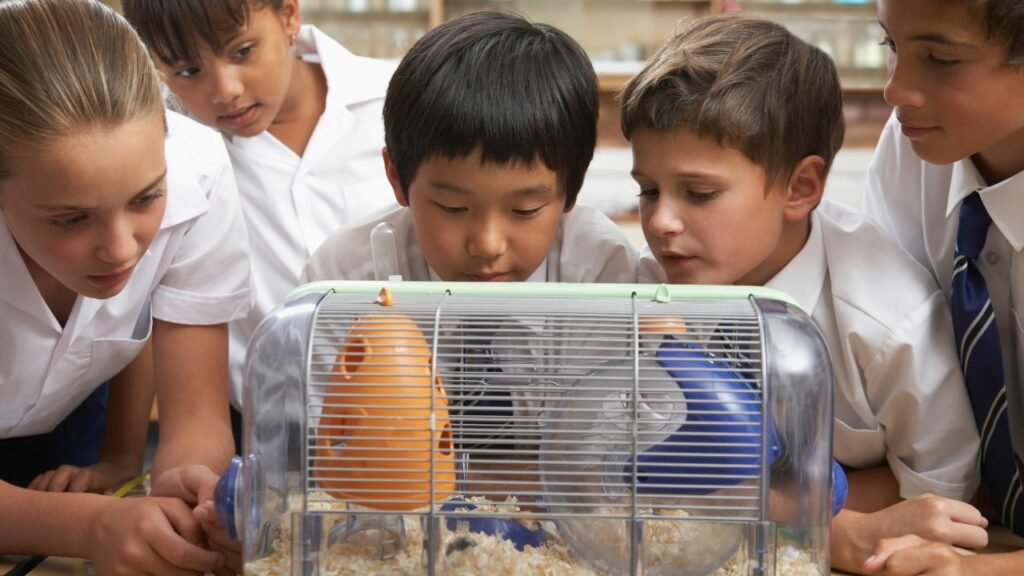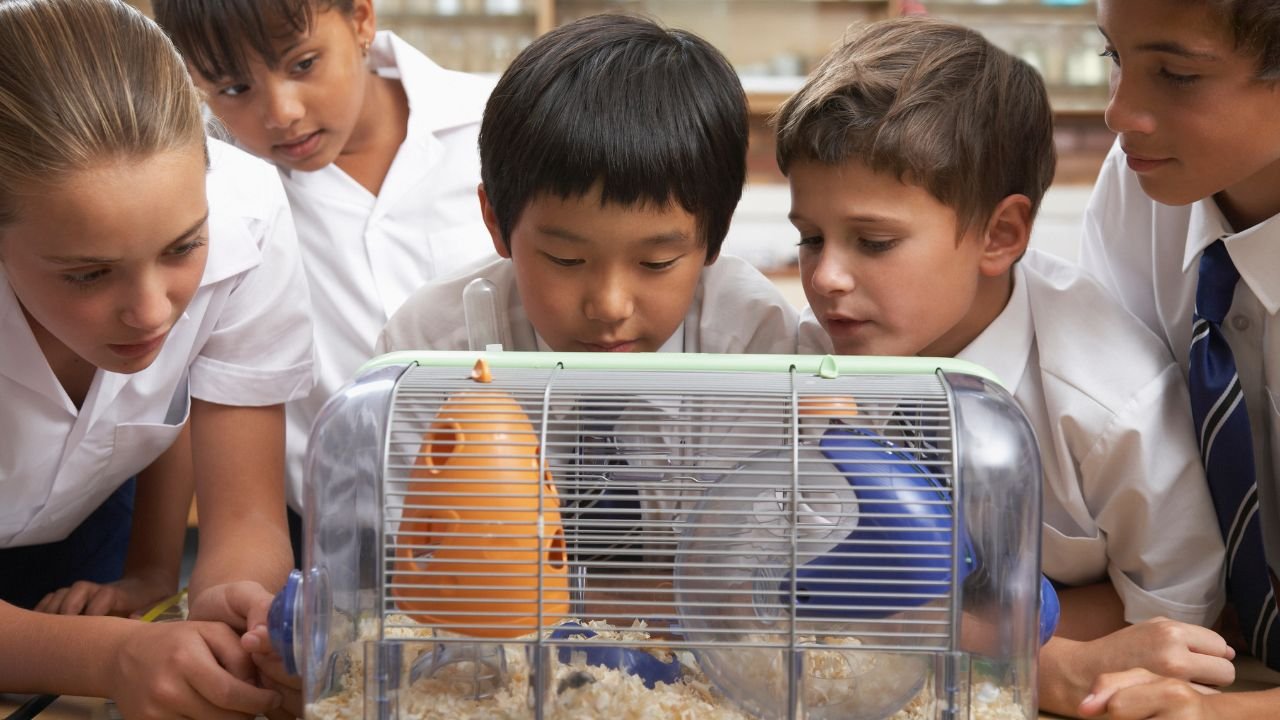In the shifting panorama of educational approaches, bringing animals into classroom environments has surfaced as an innovative method to improve student education and wellness. The benefits of having a class pet are multifarious, not only infusing the classroom with joy and excitement but also delivering an abundance of academic, emotional, and social advantages. This article examines the complex functions pets serve in educational settings, emphasizing why an increasing number of schools are opting to incorporate these hairy, winged, or scaled companions into their learning spaces.

Introduction to Classroom Pets
A classroom animal can vary from the traditional—such as rabbits, guinea pigs, and fish—to the more exotic, like reptiles and birds. Irrespective of the type of animal, these animals function as more than mere companions; they act as tacit educators, emotional allies, and drivers of educational engagement. Via the nurturing and engagement with these animals, pupils acquire a sense of duty, compassion, and the significance of existence.
Incorporating a classroom animal into the learning setting not only invigorates the classroom ambiance but also animates science education, rendering theoretical ideas more concrete. Witnessing an animal’s life stages, for example, offers a real-time illustration of the subjects discussed, from biology to ecology, boosting pupils’ comprehension and esteem for nature. Moreover, the existence of an animal provides solace and emotional assistance, fostering a caring and welcoming environment that promotes learning for every student.
Educational Benefits
Hands-on Learning
Classroom pets provide an extraordinary, interactive learning experience for students. They can be integrated into many subjects, such as science, where scholars learn about animal biology, habitats, and nutrition. This direct contact with pets offers a palpable context for abstract concepts, making learning more attractive and memorable. It vividly demonstrates how do class pets help students learn by enhancing the educational experience through real-world applications.
Encouraging Responsibility
Caring for a class pet educates students about accountability and dedication, highlighting another of the benefits of a class pet. Tasks such as feeding, maintaining cleanliness, and monitoring the pet’s health help students cultivate a sense of responsibility and compassion for living creatures, which are essential life competencies.
Enhancing Literacy Skills
Pets in the classroom also contribute to literacy development. Students are often motivated to read and research more about their class pet, improving their reading and comprehension skills. Writing assignments related to the pet can also enhance writing skills and creativity. Additionally, educators can incorporate diverse writing tasks, such as creating stories or informative essays about the pet, utilizing resources like a cheap essay writing service from EssayWriterCheap.org to guide students in crafting well-structured and engaging pieces.
Emotional and Social Benefits
Stress Reduction
Many research findings indicate that the existence of animals can markedly lower tension and anxiety in people. For students, a class animal offers a feeling of solace and tranquility, fostering a more favorable educational setting.
Fostering Empathy
Interacting with a class pet helps students develop empathy and compassion. Caring for an animal allows them to consider the needs and well-being of others, fostering a nurturing attitude that can extend to their interactions with people.
Improving Social Skills
Classroom animals offer a shared focus for scholars, promoting interaction and teamwork. They can support introverted or socially nervous students in articulating their thoughts and engage more with their classmates, improving class interactions and bonds.
Reasons to Have a Class Pet
Apart from the academic and emotional advantages, keeping a classroom animal also cultivates a feeling of togetherness and belonging among learners. It constructs a more appealing and vibrant learning atmosphere, where students are enthusiastic about attending and learning. Additionally, caring for a pet together can foster teamwork and collaboration abilities as students must work together to ensure the pet is well cared for.
Good Facts About Classroom Pets
- Improved Attendance: Classrooms with pets often see improved attendance, as students look forward to interacting with the pet.
- Enhanced Learning Environment: Pets can make the classroom environment more dynamic and engaging, which is conducive to learning.
- Life Lessons: Experiencing the life cycle of a pet, including birth, growth, and sometimes death, provides valuable life lessons for students.
Why Class Pets Are Good
Incorporating pets into the classroom extends beyond academic education; шt pertains to the emotional and social growth of students. The nurturing and diligence demanded by pets can instill students with a sense of accountability and compassion, сreating a supportive classroom atmosphere. Furthermore, еhe existence of a class pet can render the classroom a more pleasurable environment, promoting excitement for learning and enhancing overall student welfare.
Conclusion
In conclusion, the function of pets in classrooms is diverse, providing a mixture of academic, emotional, and social advantages that enhance the educational journey. By cultivating a nurturing, participatory, and compelling atmosphere, animals not only assist in the cognitive advancement of students but also contribute to their emotional and social maturation. As educators continue to seek innovative methods to enhance learning and student well-being, the incorporation of classroom pets stands out as a valuable and beneficial practice.

